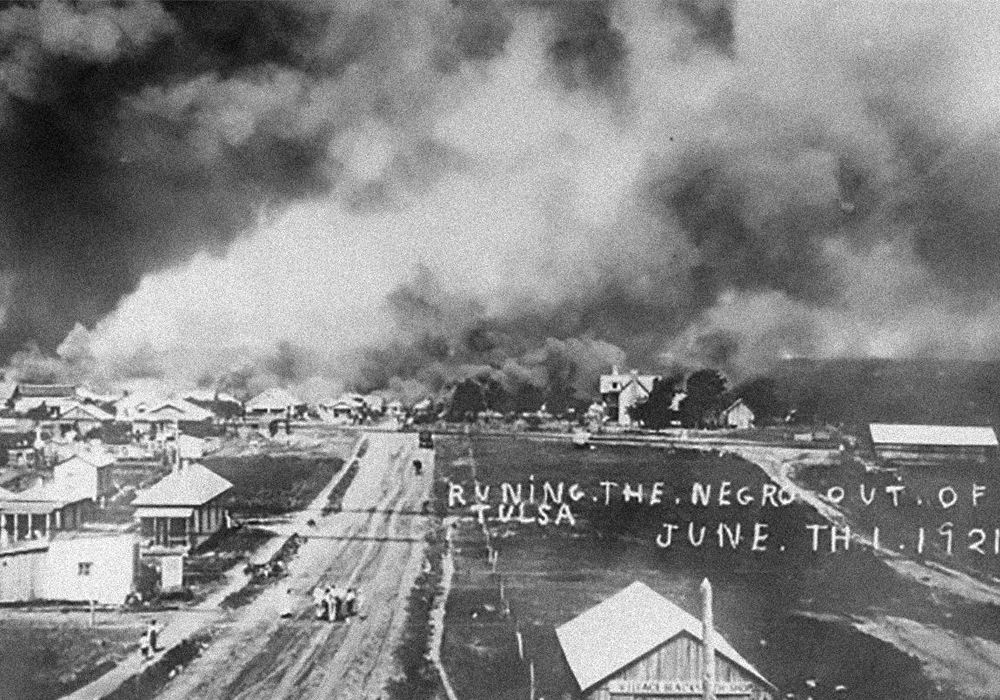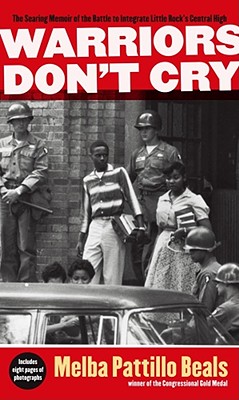I use a number of lessons from the Zinn Education Project for my U.S. History classes at Hampshire Regional High School in Westhampton, Massachusetts. The diversity at my high school is mostly economic in nature as our student population is 96% white. I try to include as many different voices in American history as possible to increase my students’ understanding of the content.
Two of my favorite lessons are Burned Out of Homes and History, about the Tulsa Riot of 1921, and Warriors Don’t Cry, about the integration of Central High School in Little Rock, Arkansas. Both activities allow students to try on someone else’s shoes and understand other perspectives in moments in history.
My students love to assume the roles. Recently, one of my students was upset with the Tulsa role she randomly received, presuming it was not long enough to be significant in the history. At the conclusion of the activity, however, she understood her role was critical to the loss of property in Tulsa and saw the wide reaching impact her person played in the tragic events.
My students are active, engaged and truly trying to meet other people during these activities. They’re eager to understand cause and effect as they place the event in the context of American history. In the Central High School integration lesson, my students use compelling and persuasive arguments to debate and build alliances. The noise level in the class tends to be louder. but the students are always on task and truly grasping the realities that people faced during the time.
The Zinn Education Project has been one of my go-to resources for all of my U.S. history classes. I teach college prep and honors level classes for the 10th and 11th grade and can easily adapt these lessons for use with those students, too.








Twitter
Google plus
LinkedIn